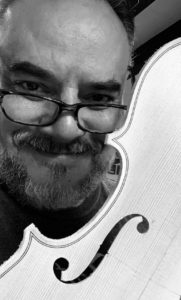 Pablo Alfaro graduated from the Taller de Lauderia at the Universidad Veracruzana in Xalapa, Mexico and also attended the Advanced Program of Specialization with Gary Vessel in Utah. Pablo has received 49 awards worldwide in violin making competitions, including 15 gold medals and 16 silver medals. In 2009, he won VMAAI’s Bob Wallace Memorial Award.Pablo is a member of the American Federation of Violin and Bow Makers, former member of the Board of Governors. As a member of the Violin Society of America, Pablo attends the Oberlin workshops every year as well as serving as presenter and lecturer in VSA conventions.He is currently president of both, the Violin Making Association Arizona International and the Southern Violin Association. He has been a tone,varnish, and workmanship judge as well as conference speaker for VMAAI and SVA.Pablo has received tutelage from great masters such as Rene Morel, Hans Nebel, Jerry Pasewizc and Chris Germain.Currently Mr. Alfaro works in his own shop, Alfaro Violins, LLC, in Decatur, Georgia, restoring fine old instruments and creating new violins, violas and cellos. Learn more.
Pablo Alfaro graduated from the Taller de Lauderia at the Universidad Veracruzana in Xalapa, Mexico and also attended the Advanced Program of Specialization with Gary Vessel in Utah. Pablo has received 49 awards worldwide in violin making competitions, including 15 gold medals and 16 silver medals. In 2009, he won VMAAI’s Bob Wallace Memorial Award.Pablo is a member of the American Federation of Violin and Bow Makers, former member of the Board of Governors. As a member of the Violin Society of America, Pablo attends the Oberlin workshops every year as well as serving as presenter and lecturer in VSA conventions.He is currently president of both, the Violin Making Association Arizona International and the Southern Violin Association. He has been a tone,varnish, and workmanship judge as well as conference speaker for VMAAI and SVA.Pablo has received tutelage from great masters such as Rene Morel, Hans Nebel, Jerry Pasewizc and Chris Germain.Currently Mr. Alfaro works in his own shop, Alfaro Violins, LLC, in Decatur, Georgia, restoring fine old instruments and creating new violins, violas and cellos. Learn more.
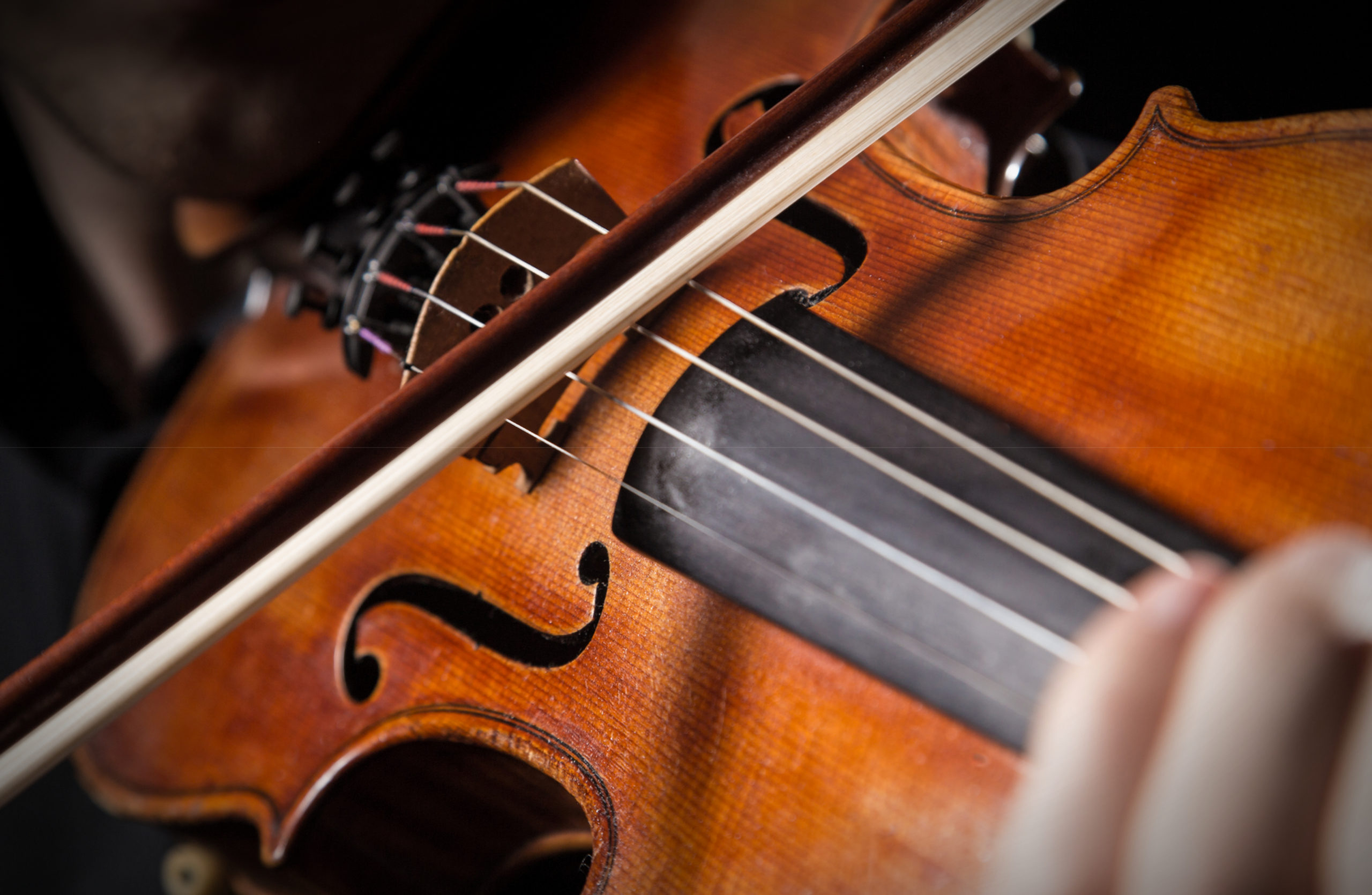
Archetier & Luthier Bios
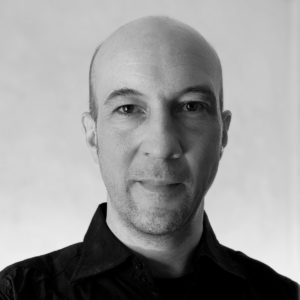 Jessie Berndt is a bow maker based in Minneapolis, MN, USA. Jesse has made new handcrafted bows for stringed instruments since 2004 and provides expert bow diagnosis, repair, and restoration. Jesse Berndt is a member of the American Federation of Violin and Bowmakers. Learn More.
Jessie Berndt is a bow maker based in Minneapolis, MN, USA. Jesse has made new handcrafted bows for stringed instruments since 2004 and provides expert bow diagnosis, repair, and restoration. Jesse Berndt is a member of the American Federation of Violin and Bowmakers. Learn More.
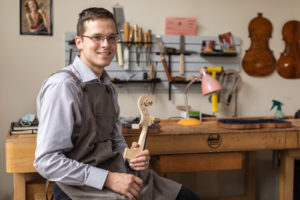 Thomas Dunn is a luthier and physicist who owns and operates Sixth Generation Violin in Saratoga Springs, NY. He studied with and carries on the craft of the Frirsz family, and received a physics degree at Siena College, where he achieved groundbreaking research on the effects of the tailpiece. He makes and repairs instruments for discerning musicians, including his specialty- the Frirsz asymmetric viola. Learn more.
Thomas Dunn is a luthier and physicist who owns and operates Sixth Generation Violin in Saratoga Springs, NY. He studied with and carries on the craft of the Frirsz family, and received a physics degree at Siena College, where he achieved groundbreaking research on the effects of the tailpiece. He makes and repairs instruments for discerning musicians, including his specialty- the Frirsz asymmetric viola. Learn more.
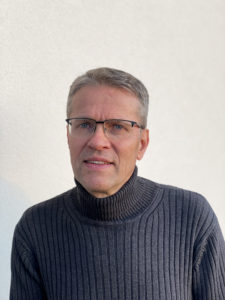 Swiss bow maker Pierre-Yves Fuchs is one of the most celebrated bow makers working today. He studied with Stéphane Thomachot, Gilles Duhaut, Pierre Guillaume, and Benoit Rolland before establishing his own workshop in 1997. His bows are in high demand among professional players worldwide, and they have won numerous awards at international competitions. In the Violin Society of America competition of 2004, Fuchs received the unprecedented honor of winning four Gold Medals: one for each of his violin, viola, cello, and bass bows, earning him the title of Hors Concours. His bow making style is inspired by Peccatte, Maire, and Pajeot. Learn more.
Swiss bow maker Pierre-Yves Fuchs is one of the most celebrated bow makers working today. He studied with Stéphane Thomachot, Gilles Duhaut, Pierre Guillaume, and Benoit Rolland before establishing his own workshop in 1997. His bows are in high demand among professional players worldwide, and they have won numerous awards at international competitions. In the Violin Society of America competition of 2004, Fuchs received the unprecedented honor of winning four Gold Medals: one for each of his violin, viola, cello, and bass bows, earning him the title of Hors Concours. His bow making style is inspired by Peccatte, Maire, and Pajeot. Learn more.
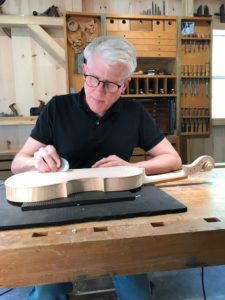 Timothy G. Johnson has been making and restoring string instruments for over 30 years and instruments of the viola and viol families since 1990. A specialist in historical performance, he has created Renaissance, Baroque, and modern instruments for professionals worldwide. After earning degrees at Harvard and Longy School of Music, he received a degree in violin making and restoration from the Jacobs School of Music in 1993. He has gone on to do extensive research into string instrument design, acoustics, and ergonomics, applying them in practical ways to benefit performers. Learn more.
Timothy G. Johnson has been making and restoring string instruments for over 30 years and instruments of the viola and viol families since 1990. A specialist in historical performance, he has created Renaissance, Baroque, and modern instruments for professionals worldwide. After earning degrees at Harvard and Longy School of Music, he received a degree in violin making and restoration from the Jacobs School of Music in 1993. He has gone on to do extensive research into string instrument design, acoustics, and ergonomics, applying them in practical ways to benefit performers. Learn more.
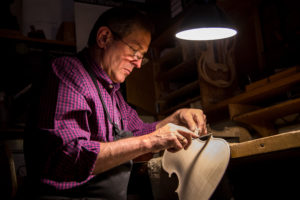 Luthier Stanley Kiernoziak was born in Poland. He graduated from the Polish Violin Making School. He moved to Chicago in 1989 to work at William Harris Lee & Co. Stanley is the recipient of many awards including certificates for tone in violin, viola, cello and the quartet category at numerous Violin Society of America Competitions.
Luthier Stanley Kiernoziak was born in Poland. He graduated from the Polish Violin Making School. He moved to Chicago in 1989 to work at William Harris Lee & Co. Stanley is the recipient of many awards including certificates for tone in violin, viola, cello and the quartet category at numerous Violin Society of America Competitions.
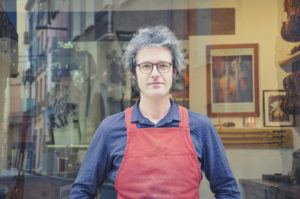 Originally from Lille, in the north of France, Julien Mortier began his instrument-making career at the age of sixteen as a self-taught luthier. After working with master luthier Franco Simeoni in Italy, Julien decided to specialize in the creation and restoration of bows for quartet instruments, which has been his main focus since 2003. He honed his skills under the tutelage of bow makers Jean-Marc Panhaleux, Jean Grunberger, and Blaise Emmelin. Since 2005, he has been living and working in the historic center of Perpignan, where he shares a studio with violin maker Sophie Erdal. In addition to producing new bows of the highest quality and restoring fine antique bows, he is dedicated to continuing his research to improve his skills by sharing ideas and information with trusted colleagues and by attending training seminars, conferences, trade fairs, and exhibitions. Learn more.
Originally from Lille, in the north of France, Julien Mortier began his instrument-making career at the age of sixteen as a self-taught luthier. After working with master luthier Franco Simeoni in Italy, Julien decided to specialize in the creation and restoration of bows for quartet instruments, which has been his main focus since 2003. He honed his skills under the tutelage of bow makers Jean-Marc Panhaleux, Jean Grunberger, and Blaise Emmelin. Since 2005, he has been living and working in the historic center of Perpignan, where he shares a studio with violin maker Sophie Erdal. In addition to producing new bows of the highest quality and restoring fine antique bows, he is dedicated to continuing his research to improve his skills by sharing ideas and information with trusted colleagues and by attending training seminars, conferences, trade fairs, and exhibitions. Learn more.
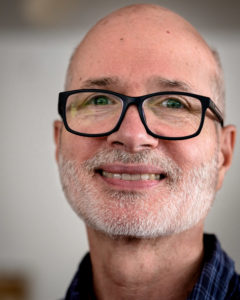 William (Bill) Robert Scott, with over 40 years of violin making experience, resides and works a few miles west of downtown Minneapolis. Bill earned recognition for quality work at international competitions over three decades. His awards include 3 Gold Medals -all for violas, 5 Silver Medals for tone and workmanship, and numerous Certificates of Merit (1982-2006). Early years were self-taught with inspiration and guidance from colleagues. Formal training was gained with an apprenticeship at Hans Weisshaar, Inc. in Los Angeles, (mid 1980s) and years of participation since 1997 at the Oberlin Violin Making and Acoustic Workshops. Bill Scott is a member of the American Federation of Violin and Bow Makers, a board member of the Oberlin Violin Making Foundation and current president of The Violin Society of America. Learn more.
William (Bill) Robert Scott, with over 40 years of violin making experience, resides and works a few miles west of downtown Minneapolis. Bill earned recognition for quality work at international competitions over three decades. His awards include 3 Gold Medals -all for violas, 5 Silver Medals for tone and workmanship, and numerous Certificates of Merit (1982-2006). Early years were self-taught with inspiration and guidance from colleagues. Formal training was gained with an apprenticeship at Hans Weisshaar, Inc. in Los Angeles, (mid 1980s) and years of participation since 1997 at the Oberlin Violin Making and Acoustic Workshops. Bill Scott is a member of the American Federation of Violin and Bow Makers, a board member of the Oberlin Violin Making Foundation and current president of The Violin Society of America. Learn more.
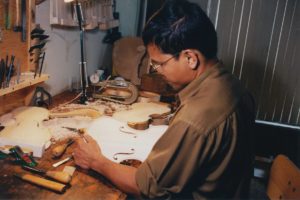 Specializing in both violins and violas, Vanna So has, to date, crafted over 540 instruments that feature a powerful and broad, yet sophisticated tonal quality, and are finished with an golden-amber varnish of his own making. As most professional instrument makers do, So creates his own varnishes. Vanna So was born in Cambodia , and grew up in a family of wood workers. After coming to the United States, he looked for employment that would take advantage of his woodworking skills, and so ended up in the workshop of William Harris Lee as an assistant to William Whedbee. Developing an increasing desire to make his own instruments, he began an apprenticeship with Tetsuo Matsuda, which culminated in the making of his first violin in 1988. In the twenty-five years that have followed, Vanna has developed a world-wide reputation as one of the outstanding luthiers of his time. He strives to become the greatest string instrument maker from Cambodia. There are not many string instrument makers from Cambodia, and in this way, So will become a part of history in his country and in music making.
Specializing in both violins and violas, Vanna So has, to date, crafted over 540 instruments that feature a powerful and broad, yet sophisticated tonal quality, and are finished with an golden-amber varnish of his own making. As most professional instrument makers do, So creates his own varnishes. Vanna So was born in Cambodia , and grew up in a family of wood workers. After coming to the United States, he looked for employment that would take advantage of his woodworking skills, and so ended up in the workshop of William Harris Lee as an assistant to William Whedbee. Developing an increasing desire to make his own instruments, he began an apprenticeship with Tetsuo Matsuda, which culminated in the making of his first violin in 1988. In the twenty-five years that have followed, Vanna has developed a world-wide reputation as one of the outstanding luthiers of his time. He strives to become the greatest string instrument maker from Cambodia. There are not many string instrument makers from Cambodia, and in this way, So will become a part of history in his country and in music making.
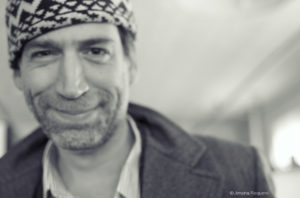 Jason Viseltear makes violins, violas, and cellos for both contemporary and period performance. His atelier in Manhattan since 1995, his first studies were with Robert Young that led to the partnership and workshop of Viseltear & Young until 2006; additional studies were with Brice Dupin de Saint Cyr, Michael Sheibley, and François Denis. Since 2001 he has worked alongside leading makers and researchers at the Oberlin Workshops, focusing on the methods of classical masters as well as current innovations. Employing the techniques of Renaissance design, his own work has been influenced by close studies of masterworks from da Salò to Scarampella, Joseph Filius to Testore, del Gesù to Peter of Venice. Dedicated solely to making new instruments and to providing the ongoing support fine players expect, his award-winning work is in the hands of many performing musicians and professionals, as well included in esteemed conservatory and private collections including Juilliard, Harvard, Colburn, and Yale. He is a member of the American Federation of Violin and Bow Makers. Learn more.
Jason Viseltear makes violins, violas, and cellos for both contemporary and period performance. His atelier in Manhattan since 1995, his first studies were with Robert Young that led to the partnership and workshop of Viseltear & Young until 2006; additional studies were with Brice Dupin de Saint Cyr, Michael Sheibley, and François Denis. Since 2001 he has worked alongside leading makers and researchers at the Oberlin Workshops, focusing on the methods of classical masters as well as current innovations. Employing the techniques of Renaissance design, his own work has been influenced by close studies of masterworks from da Salò to Scarampella, Joseph Filius to Testore, del Gesù to Peter of Venice. Dedicated solely to making new instruments and to providing the ongoing support fine players expect, his award-winning work is in the hands of many performing musicians and professionals, as well included in esteemed conservatory and private collections including Juilliard, Harvard, Colburn, and Yale. He is a member of the American Federation of Violin and Bow Makers. Learn more.
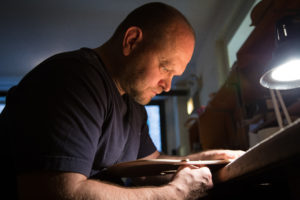 Jacek Zadlo began his training in instrument making after grade school at Panstwowe Liceum Sztuk Plastychnych, a vocational school for the fine arts, in Southern Poland. His decision to pursue a career in music was influenced by his older brother, who previously attended this school, as well as his past experience as a pianist in grade school. He then continued his studies of instrument making at Akademia Muzyczna W Poland (Academy of Music) in Poznan, Poland for an additional three years. Jacek moved to the United States in 1992, and has worked for William Harris Lee and Company since 1996 as a luthier working closely with Bronek Cison. When making an instrument, Jacek strives for both good workmanship and aesthetic balance. Jacek values a balanced look in an instrument as it shows finesse and demonstrates the skillfulness of the maker. He gives the example that “aesthetically, one can see differences in workmanship by observing how the tools were used when carving the wood, the sculpting of an arch, or the way light interacts with the finished instrument.”
Jacek Zadlo began his training in instrument making after grade school at Panstwowe Liceum Sztuk Plastychnych, a vocational school for the fine arts, in Southern Poland. His decision to pursue a career in music was influenced by his older brother, who previously attended this school, as well as his past experience as a pianist in grade school. He then continued his studies of instrument making at Akademia Muzyczna W Poland (Academy of Music) in Poznan, Poland for an additional three years. Jacek moved to the United States in 1992, and has worked for William Harris Lee and Company since 1996 as a luthier working closely with Bronek Cison. When making an instrument, Jacek strives for both good workmanship and aesthetic balance. Jacek values a balanced look in an instrument as it shows finesse and demonstrates the skillfulness of the maker. He gives the example that “aesthetically, one can see differences in workmanship by observing how the tools were used when carving the wood, the sculpting of an arch, or the way light interacts with the finished instrument.”
